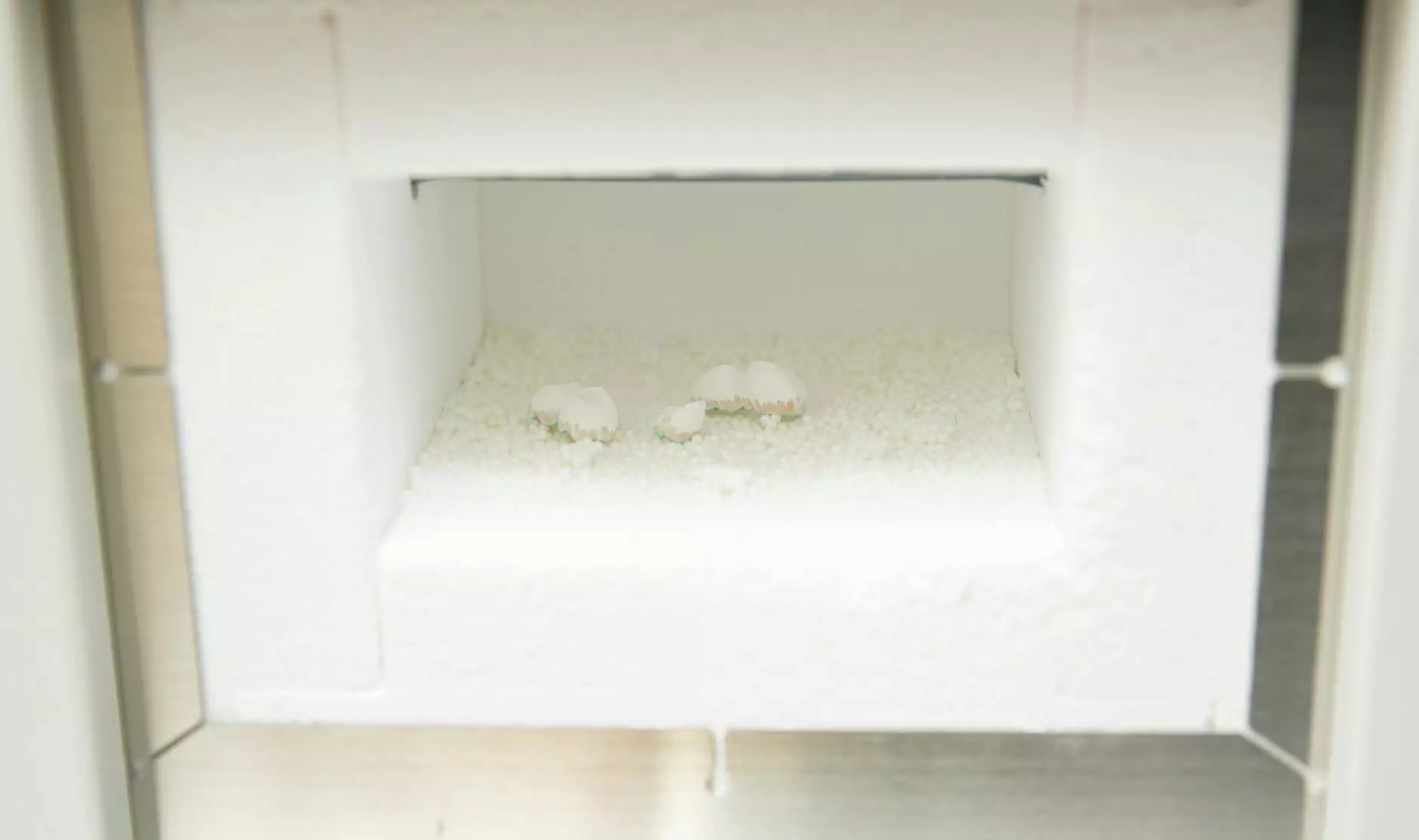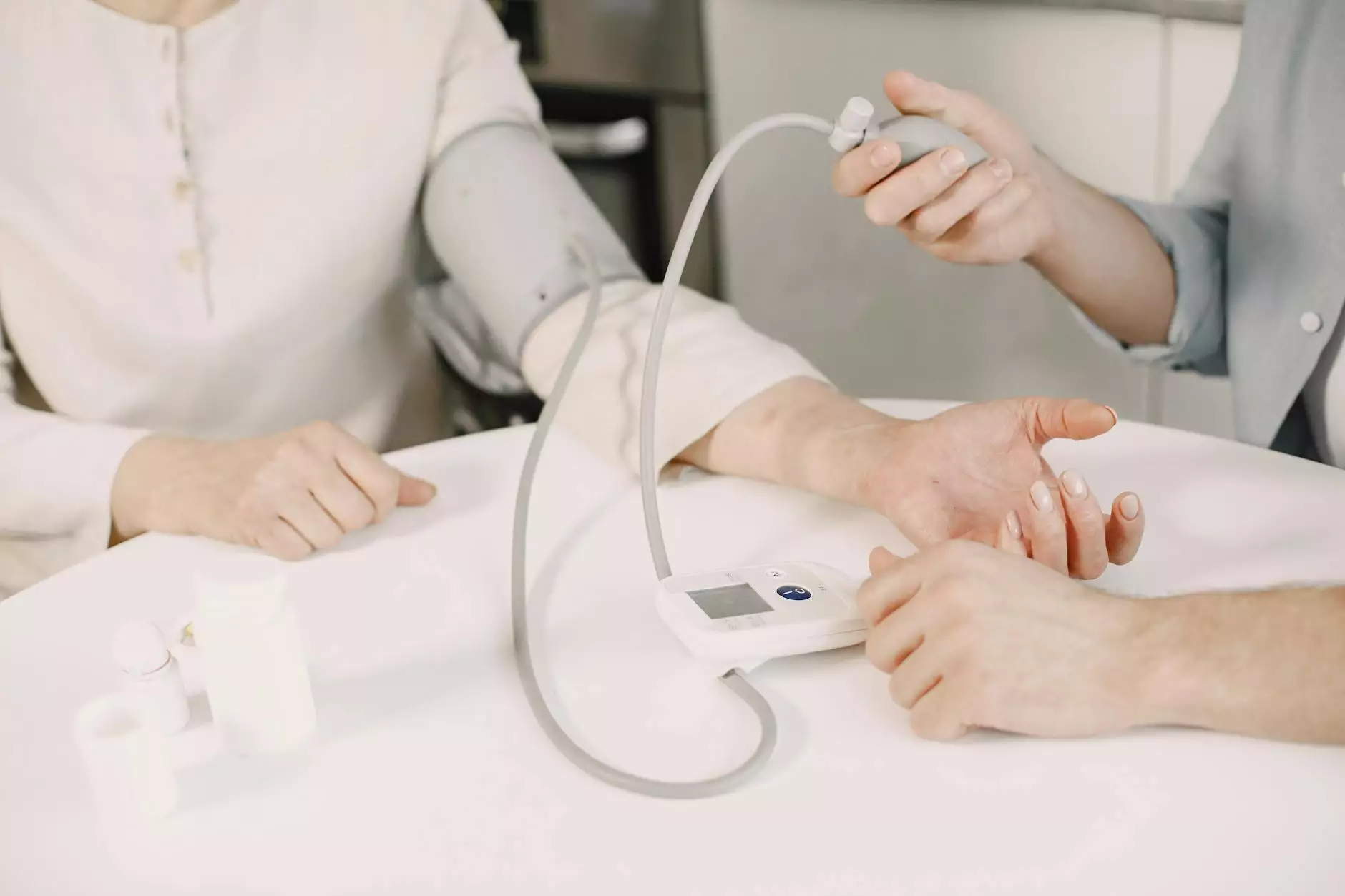The Versatility and Importance of Portable Operating Rooms

Portable operating rooms represent a groundbreaking development in the healthcare industry. As medical technology continues to evolve, facility design and accessibility are more important than ever. This article delves deeply into the myriad uses, advantages, and future potential of portable surgical environments, ensuring that you understand their crucial role in modern medicine.
What is a Portable Operating Room?
A portable operating room is a mobile surgical facility designed to provide a fully functional, sterile environment for surgical procedures outside the traditional operating room settings. These units can be set up in a variety of locations, making them ideal for:
- Emergency medical situations
- Rural settings where access to hospitals is limited
- Military operations
- Disaster relief efforts
- Research and training environments
Key Features of Portable Operating Rooms
Understanding the key features of portable operating rooms is essential for comprehending their versatility and utility:
- Modular Design: Most portable operating rooms are designed to be modular, meaning they can be assembled and disassembled easily, allowing for rapid deployment.
- Advanced Technology: Equipped with modern surgical instruments, imaging equipment, and anesthesia machines, these facilities ensure that high-quality care is delivered.
- Climate Control: They feature advanced HVAC systems that maintain optimal sterility and comfort, essential for both patients and medical staff.
- Utilities: Equipped with necessary utilities such as electricity and water supply, vital for surgical procedures.
- Transportation: Mobile units are designed for easy transportation, which is crucial in emergency and remote settings.
Advantages of Using Portable Operating Rooms
The implementation of portable operating rooms in healthcare settings comes with numerous advantages that enhance medical service delivery:
1. Increased Accessibility
In many underserved regions, access to surgical care is severely limited. By utilizing portable operating rooms, healthcare facilities can reach patients in remote areas, significantly improving their access to necessary medical procedures. This increases overall healthcare equity.
2. Rapid Deployment in Emergencies
In disaster-stricken areas, time is of the essence. Portable operating rooms can be quickly deployed to provide urgent surgical care, thus saving lives. They allow for a rapid response when traditional healthcare facilities are compromised.
3. Cost-Effectiveness
Setting up a traditional operating room entails substantial capital investment and permanent infrastructure. A portable operating room reduces these costs significantly, providing a flexible solution that can be utilized as needed without the financial burden of full permanent setups.
4. Training and Simulation
Portable operating rooms are also vital for educational purposes. They serve as ideal environments for training new surgeons and conducting simulations, thereby improving surgical skills without risking patient safety.
Applications in Different Medical Fields
Portable operating rooms are not confined to one type of surgery. Their utility spans several medical fields, proving them to be invaluable resources:
- Trauma Surgery: Essential for emergency care, especially in contexts like military operations or disaster areas.
- Elective Surgeries: They can also serve as a solution to backlog issues seen in traditional operating rooms due to high patient volume.
- Orthopedic Procedures: Given their ease of movement, they are preferred for sports medicine and other orthopedic surgeries.
- Ophthalmic Surgery: Portable units can be specifically equipped for delicate eye surgeries in various settings.
- Cosmetic Procedures: Increasing popularity in aesthetic medicine, allowing for accessible cosmetic surgeries in non-traditional settings.
Challenges and Considerations
While portable operating rooms offer numerous benefits, there are challenges and considerations to be mindful of:
1. Regulatory Compliance
Portable operating rooms must adhere to strict health and safety regulations, which can vary significantly by region. Ensuring compliance can be a complex process.
2. Equipment Limitations
While modern equipment is included, there may be limitations in terms of availability and types of specialized instruments compared to a traditional operating room.
3. Skilled Personnel
Having adequately trained medical personnel is crucial. Staff must be familiar with the portable environments and equipment to ensure seamless and safe operations.
The Future of Portable Operating Rooms
The future of portable operating rooms looks promising as technology and design continue to evolve. Here are some expected advancements:
- Telemedicine Integration: Enhanced telecommunication tools will allow remote consultations and surgical assistance in real-time.
- Advanced Robotics: The development of surgical robots that can operate within portable settings will significantly increase the scope of surgeries performed.
- Innovative Materials: The use of lightweight materials will facilitate even easier transport and setup without compromising sterility.
- Data Analytics: Incorporating comprehensive data systems to track outcomes and improve services based on real-time feedback.
Conclusion
In conclusion, portable operating rooms are revolutionizing the landscape of surgical and medical care. They provide increased access, rapid response capabilities, and cost-effective solutions for healthcare providers and patients alike. As technology advances, the potential for these units will only grow, promising a future where surgical care is even more accessible, efficient, and tailored to meet the diverse needs of patients worldwide.
Investing in the idea of portable surgical facilities is more than just a trend; it’s a commitment to improving healthcare outcomes, especially in less accessible areas. Platforms like odulair.com are at the forefront of this innovative approach, fostering the advancement of portable and flexible healthcare solutions.









